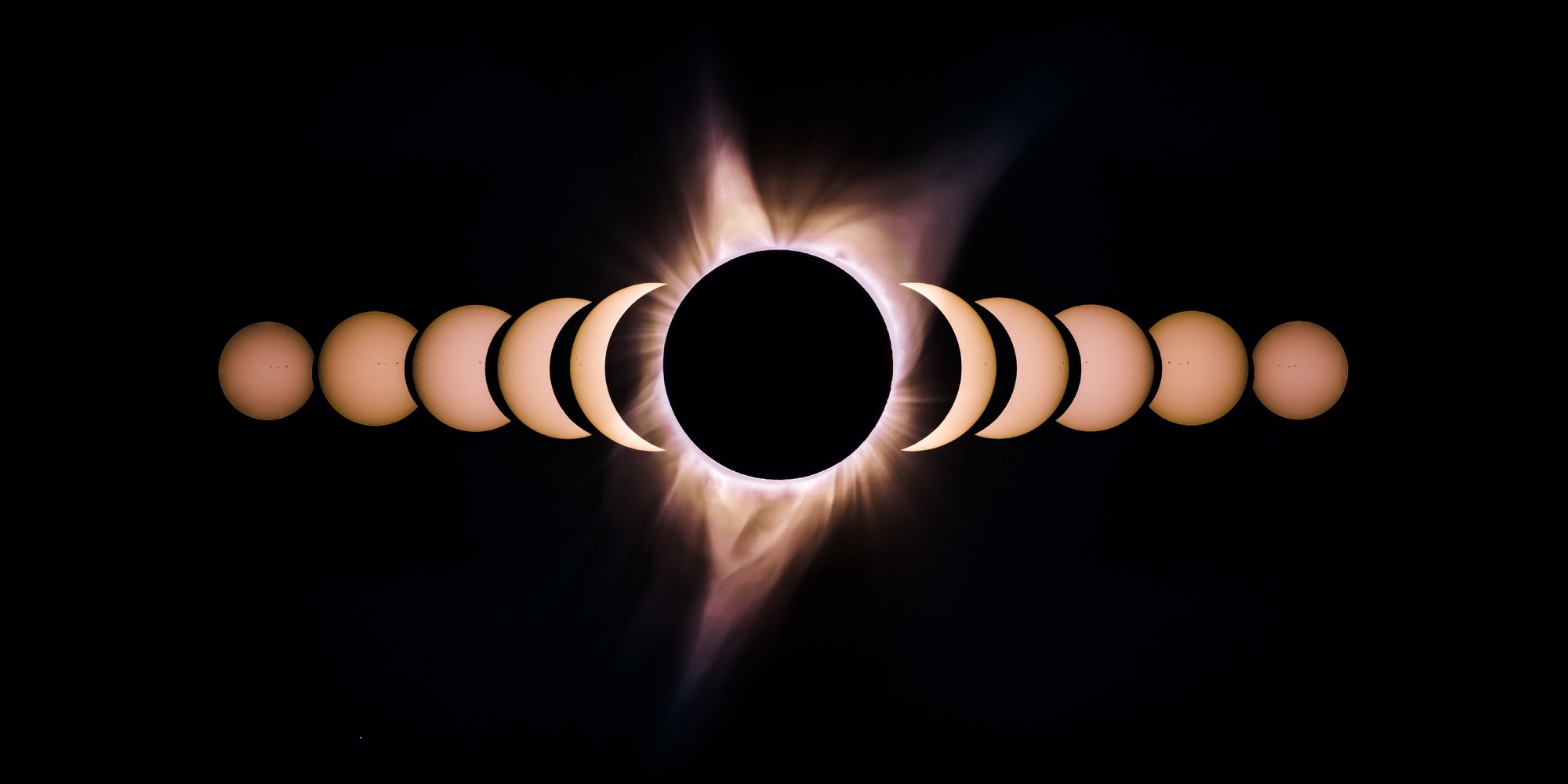Podcast: Play in new window | Download
Subscribe: Apple Podcasts | RSS | More
Last week, a total solar eclipse passed over the United States. And millions of people watched – making it perhaps one of the most viewed events in history.
In today’s podcast, we talk about the awe, the wonder, and the science behind the eclipse. What was it like to stand in the moon’s shadow and experience night during the day? First, I talk to Dr. Jonathan Fram, an assistant professor within the College of Earth, Ocean, and Atmospheric Sciences at Oregon State University and a systems engineer at the Ocean Observatories Initiative. The Ocean Observatories Initiative has hundreds of sensors within the ocean, some of which were in the path of the solar eclipse. We talk about how the eclipse affects the ocean and which types of sea life noticed the sun blinking out.
Then I talk to Dr. Holli Riebeek Kohl, the lead for the Globe Observer Project. The Globe Observer Project is a citizen science project where anyone can team up with NASA to take measurements of anything from the climate to clouds to mosquito habitats using an app on their phone. These measurements are valuable to NASA, since NASA satellites can only see so much. During the eclipse, these citizen scientists helped to take measurements to find out “cool the eclipse” was. How cold did the moon’s shadow make the Earth? And what places got the coldest?
Finally, I bring you along on my own eclipse observing adventure. I watched the total solar eclipse in Corvallis, Oregon. No picture can illustrate, nor words describe, how amazingly awe-inspiring standing in totality can be. But I hope that hearing the pure cheers of joy from the crowd can give you a little sampling of what a total solar eclipse is like, and inspire you to book your trip now for the next eclipse!
SUBSCRIBE!Post photo by Bryan Goff on Unsplash
